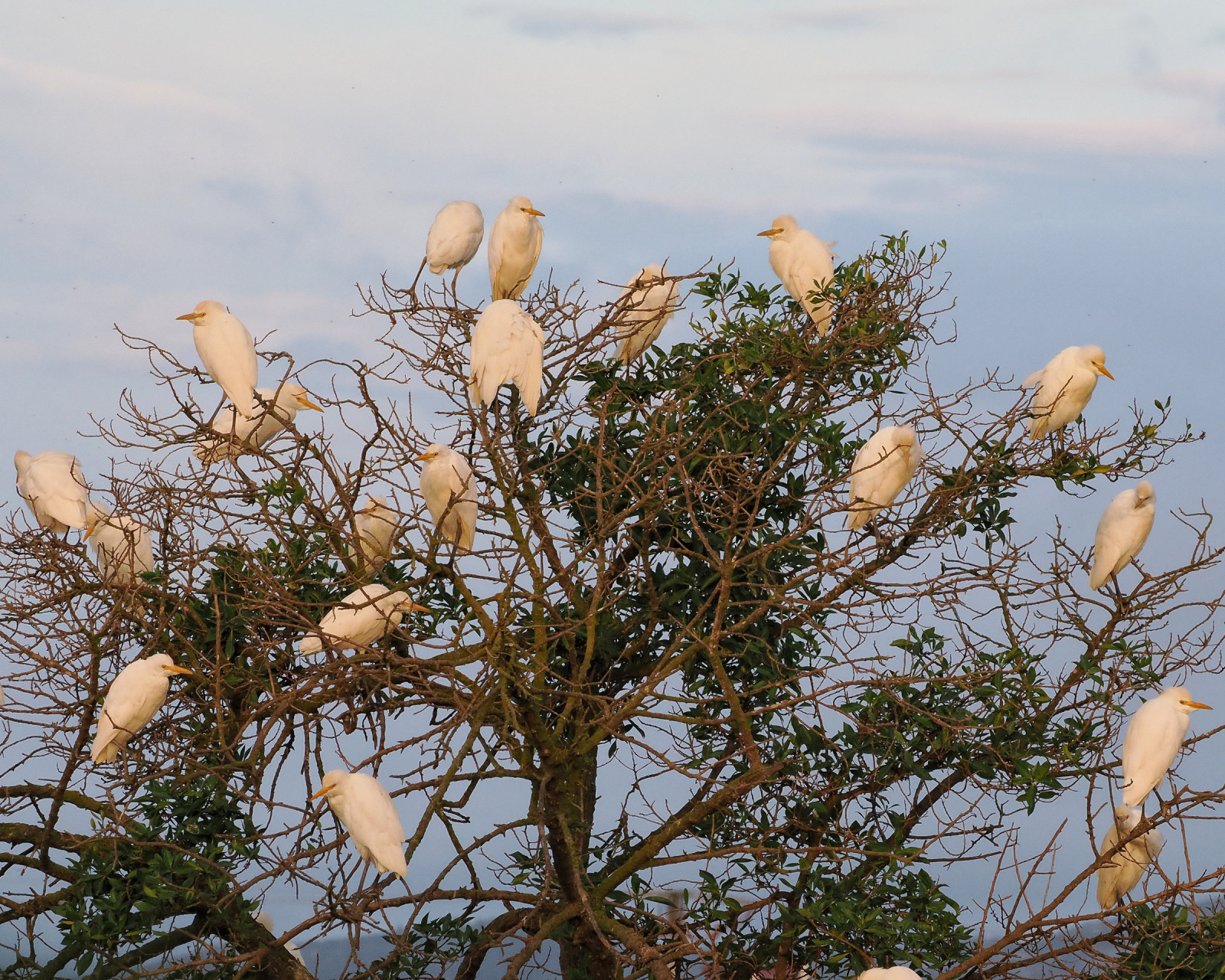Description
The Laguna de la Encanyissada is the largest lagoon in the Ebro Delta, with an area of 1192 hectares. The Encanyissada is connected to the sea through the San Pedro channel. It is the most salty seawater inlet in the Ebro Delta. On the northern side of the lagoon there are several viewpoints and platforms, where you can observe the birds that inhabit the lagoon. Among the birds you can observe are many ducks, herons, waders, terns and gulls and many other nice birds. For example Rødhodeand, Hvitkinnsvartterne, Dvergrørdrum, Sultanhøne, Vannrikse, Dvergdykker, Trostesanger, Sumpsanger, Sivhauk, Bronseibis, Natthegre, Topphegre, Stylteløper, Gluttsnipe and Grønnstilk.
_________________________
Espagnol: La Encanyissada es la laguna más extensa del Delta, con una extensión de 1192 ha y se encuentra en las zonas protegidas del parque natural. En esta zona se encuentran cuatro miradores de fauna, en los cual podemos observar el comportamiento de las distintas aves que habitan en la laguna.
Details
Access
The Encanyissada lagoon is located next to the village of El Poble Nou del Delta. The most interesting part is the northern half of the lagoon which has has lookouts and an information center for visitors, the Casa de Fusta. You can park in front of the visitor center. Click on the P in the map for directions. From the Casa de Fusta you can explore the area in both directions.
_________________________
Espagnol: La laguna de la Encanyissada, gestionada desde el Parque Natural del Delta del Ebro, cuenta con una importante estructura de equipamientos entre los que destacan miradores, itinerarios, carteles informativos y, aunque se encuentra fuera del humedal, un centro de información al visitante, la Casa de Fusta.
Terrain and Habitat
Wetland , LakeConditions
Open landscape , WetCircular trail
YesIs a telescope useful?
Can be usefulGood birding season
All year roundBest time to visit
Spring migration , Autumn migrationRoute
Paved road , Wide path , Narrow trailDifficulty walking trail
EasyAccessible by
FootBirdwatching hide / platform
YesExtra info
Photo's Laguna de la Encanyissada by Enric, CC BY-SA 4.0, https://creativecommons.org/licenses/by-sa/4.0
.jpg)
.jpg)



